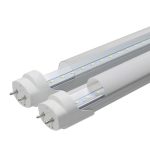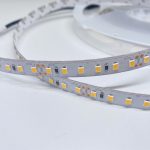Why Do My LED Light Bulbs Keep Burning Out? Top Reasons and Solutions
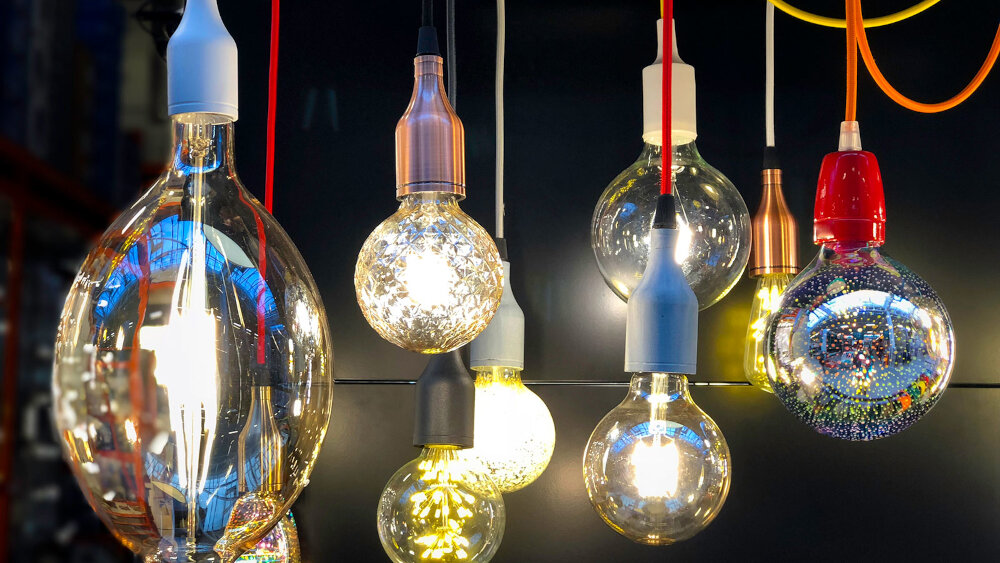
LED light bulbs are an exceptional innovation that has revolutionized the lighting industry. They are energy-efficient, long-lasting, and come in various sizes and shapes to suit different lighting needs. However, one frustrating issue that many people encounter with LED bulbs is their tendency to burn out too quickly. There is nothing quite as annoying as having to replace a bulb that’s supposed to last for years within a few months. But why do LED light bulbs keep burning out? In this article, we will explore the top reasons why this happens and provide some solutions to help you keep your LED bulbs shining brightly for longer. One of the primary reasons why LED light bulbs burn out too quickly is overheating. LED bulbs generate less heat than traditional bulbs, but they still produce heat. If an LED bulb gets too hot, it can cause the components inside to break down, resulting in a reduced lifespan. Another reason is power surges. LED bulbs are sensitive to voltage spikes, and if they receive too much voltage, they can burn out faster. Other factors such as poor quality bulbs, incorrect installation, and the wrong dimmer switch can also contribute to LED light bulbs burning out quickly.
LED light bulbs, or light-emitting diode bulbs, are a more energy-efficient and long-lasting alternative to traditional incandescent bulbs. They work by passing an electrical current through a semiconductor material, which causes the material to emit light. Unlike incandescent bulbs, which produce light by heating a filament until it glows, LED bulbs do not generate as much heat, making them more efficient and safer to use. Additionally, LED bulbs are available in a wide range of colors and brightness levels, and can be used in a variety of applications, from home lighting to outdoor lighting and commercial use. However, despite their benefits, LED bulbs can still burn out prematurely due to a variety of factors, including poor quality, improper installation, and power surges.
LED light bulbs are becoming increasingly important in today’s world due to their energy efficiency and long lifespan. They consume significantly less electricity than traditional incandescent bulbs, resulting in lower energy bills and reduced carbon footprint. Furthermore, LED bulbs have an average lifespan of up to 25,000 hours, which is substantially longer than other types of bulbs. This makes them an excellent investment as they require less frequent replacement, saving both time and money. However, despite their many benefits, LED bulbs can still encounter issues that result in premature failure. Understanding the reasons behind this can help users take the necessary steps to ensure their LED bulbs last as long as possible.
LED light bulbs are a great innovation in the lighting industry, providing energy efficiency and long-lasting illumination. However, it can be frustrating when these bulbs burn out frequently or fail to function properly. There are several reasons why this might happen, including electrical problems, poor quality bulbs, incorrect installation, and overheating. In some cases, it may be a combination of these factors that are causing the issue. Fortunately, there are solutions available to help address these problems and ensure that your LED light bulbs last for their expected lifespan. Understanding the underlying causes and implementing preventative measures can help you avoid the frustration and expense of frequently replacing your LED bulbs.
Incompatible Dimmer Switches
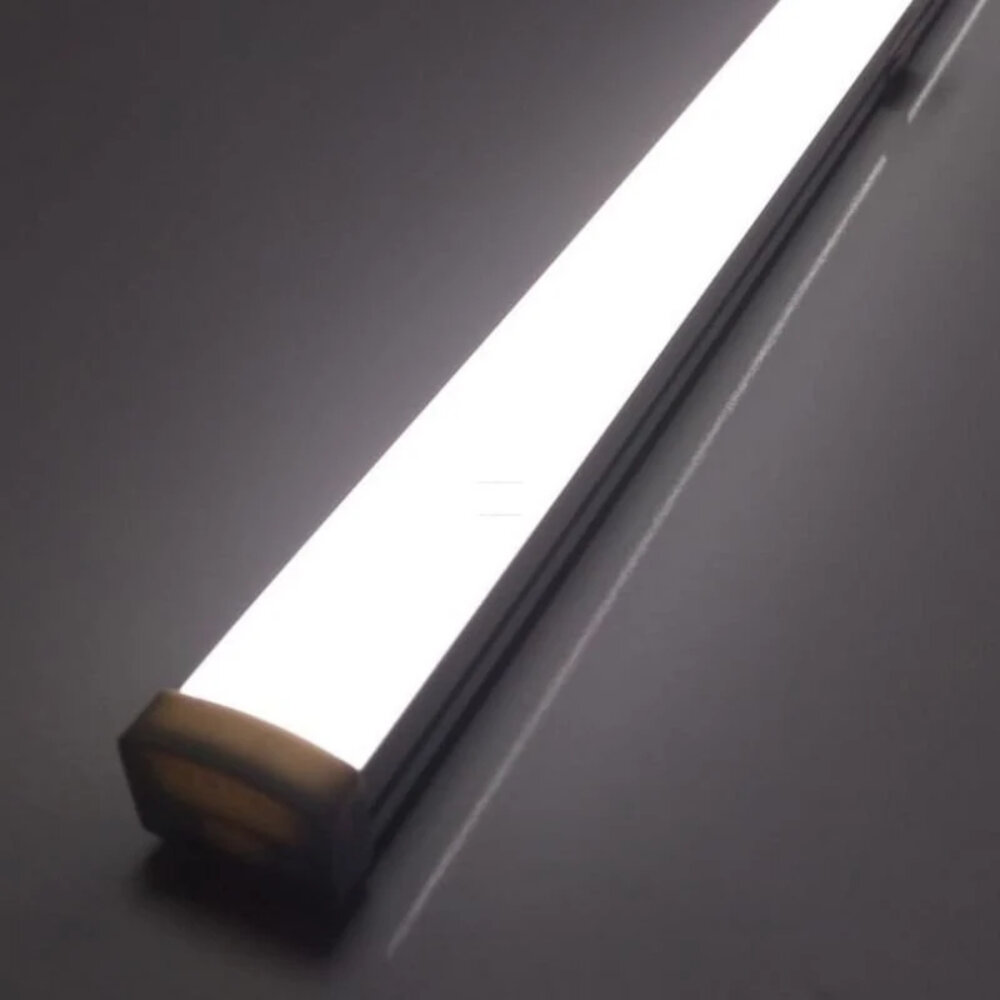
Incompatible dimmer switches are a common cause of LED light bulbs burning out prematurely. Dimmer switches are designed to control the intensity of light, but they work by reducing the amount of electricity flowing through the light bulb. However, not all dimmer switches are compatible with LED light bulbs. Some older dimmer switches were designed for use with incandescent bulbs and may not work well with LED technology. When an incompatible dimmer switch is used, it can cause the LED bulb to flicker, buzz or even burn out entirely. To avoid this problem, it is important to choose a dimmer switch that is specifically designed to work with LED light bulbs. Incompatible dimmer switches can also cause other problems for LED light bulbs, such as reduced lifespan and poor performance. When an LED bulb is connected to an incompatible dimmer switch, it may not be able to function properly, leading to reduced brightness levels and uneven lighting. Additionally, the LED bulb may be more likely to overheat, which can cause the components to degrade faster and shorten the lifespan of the bulb. To ensure that your LED light bulbs are operating at their best, it is important to use a compatible dimmer switch that is designed to work with LED technology. By doing so, you can enjoy the benefits of LED lighting, including energy efficiency, long lifespan, and superior performance.
Dimmer switches are electronic devices that allow users to control the brightness of their lights by adjusting the voltage supplied to the bulbs. They are a popular choice for creating ambiance and saving energy costs. However, not all dimmer switches are compatible with LED light bulbs, and using an incompatible switch can cause flickering, buzzing, or even damage to the bulb. It’s important to choose a dimmer switch that is specifically designed for use with LED bulbs to ensure they function properly and last longer.
LED light bulbs are popular due to their energy efficiency and longevity, but they can still burn out prematurely. One major factor that affects LED bulbs is voltage fluctuations. If the voltage is too high, it can cause the LED to overheat and shorten its lifespan. Conversely, if the voltage is too low, the LED may not receive enough power to function properly. Another factor that can affect LED bulbs is heat buildup. If the bulb is installed in a fixture that doesn’t allow for proper ventilation, it can cause the LED to overheat and burn out. Finally, poor quality LED bulbs can also be prone to premature burnout. It’s important to choose high-quality bulbs from reputable manufacturers to ensure longevity and reliability.
One of the most common reasons why LED light bulbs keep burning out is the use of incompatible dimmer switches. While dimmer switches are designed to adjust the brightness of your lights, not all of them are compatible with LED bulbs. In fact, some older dimmer switches were designed for incandescent bulbs and do not work well with the lower wattage and different technology of LED bulbs. To avoid this issue, it is important to use dimmer switches that are specifically designed for LED lights. These switches are typically labeled as \LED compatible\ and are designed to work with the lower wattage and different technology of LED bulbs, providing you with the perfect ambiance and extended life for your LED bulbs.
Overheating
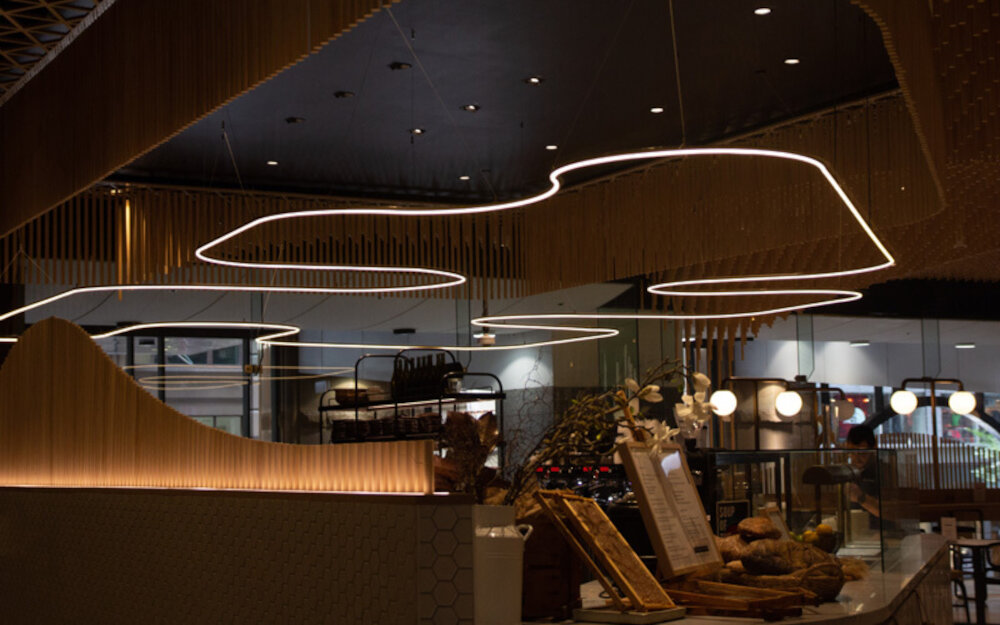
Overheating is one of the most common reasons why LED light bulbs tend to burn out quickly. LED bulbs are designed to produce less heat than traditional bulbs, but they still produce some heat. If an LED bulb gets too hot, it can cause the internal components to fail, leading to premature failure. Overheating can occur due to a variety of reasons, including poor ventilation, high ambient temperatures, and excessive wattage for the fixture. To prevent LED bulbs from overheating, it is important to ensure that the fixture is properly ventilated. If the fixture has a cover, it should be removed to allow heat to escape. Additionally, it is important to use LED bulbs that are designed for the specific fixture. Using bulbs with a higher wattage than recommended can cause the bulb to overheat and fail prematurely. Lastly, it is important to keep the ambient temperature in the room within the recommended range. High temperatures can cause the bulb to overheat, leading to premature failure. By following these simple steps, you can help prevent overheating and extend the life of your LED bulbs. In conclusion, overheating is a common problem that can cause LED light bulbs to burn out prematurely. By ensuring proper ventilation, using the right wattage bulbs, and maintaining a suitable ambient temperature, you can prevent overheating and extend the life of your bulbs. If you continue to experience problems with your LED bulbs, it may be time to consider upgrading to a higher quality product or consulting with a professional. Remember, prevention is key when it comes to LED bulb failure.
LED light bulbs overheat due to several reasons. One of the main reasons is the poor design of the bulb, which leads to inadequate heat dissipation. LED bulbs generate heat during operation, and if the heat is not dissipated effectively, it can cause the bulb to overheat, leading to a shortened lifespan. Another reason is the use of low-quality materials in the manufacture of the bulb. Such materials can cause the bulb to overheat, leading to a fire hazard. Additionally, overheating can be caused by using the wrong wattage bulb in a fixture, or by using a bulb designed for outdoor use indoors. It is essential to avoid these common mistakes and ensure that the bulb is installed correctly to prevent overheating and extend the life of the bulb.
Overheating is one of the main reasons why LED light bulbs keep burning out quickly. To prevent overheating, it is essential to ensure proper ventilation around the bulb. LED bulbs generate heat, and if there is not enough space for the heat to dissipate, it can cause the bulb to overheat and fail prematurely. Another way to prevent overheating is to use a bulb with a lower wattage or lumen output. This will decrease the amount of heat generated by the bulb. Additionally, you can install the bulb in a fixture that is designed to dissipate heat effectively. Finally, it is crucial to ensure that the bulb is not in contact with any flammable materials, such as curtains or bedding, which can increase the risk of fire. By taking these measures, you can prevent overheating and extend the lifespan of your LED bulbs.
Proper ventilation is an essential solution to prevent LED light bulbs from burning out frequently. When LED bulbs are placed in an enclosed fixture without proper ventilation, heat builds up, leading to premature failure. To ensure adequate ventilation, it is crucial to choose the right fixture and avoid placing the LED bulbs in tightly enclosed spaces. Additionally, keeping the surrounding area clean and free of dust and other debris can help to maintain proper ventilation. By implementing proper ventilation measures, you can improve the performance and longevity of your LED light bulbs, resulting in significant savings in replacement costs and energy consumption.
Power Surges
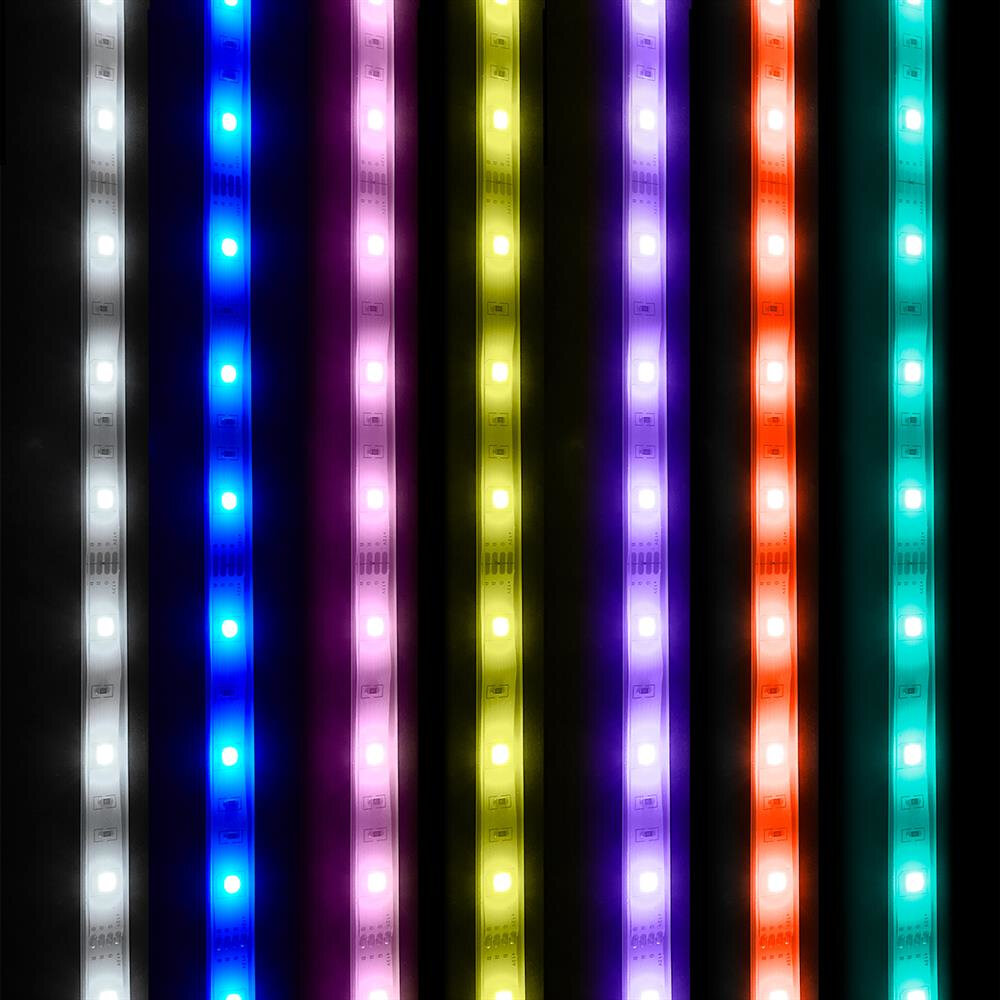
Power surges are sudden spikes in the electrical current that can occur in your home’s power supply. These surges can be caused by a variety of factors, such as lightning strikes, power outages, faulty wiring, and malfunctioning electrical devices. When a power surge occurs, it can cause damage to your LED light bulbs, as well as other electronic devices in your home. This can result in your LED bulbs burning out prematurely or flickering on and off. To prevent damage to your LED bulbs from power surges, it’s important to invest in surge protectors for all of your electronic devices, including your light fixtures. There are several different types of surge protectors available on the market, including whole-house surge protectors and individual surge protectors for each electronic device. Whole-house surge protectors are installed at your electrical panel and help protect all of the devices in your home from power surges. Individual surge protectors are typically more affordable and can be plugged into your electrical outlets to protect specific devices, such as your LED light bulbs. By investing in surge protectors, you can help protect your LED bulbs and other electronic devices from the damaging effects of power surges, and extend their lifespan.
Power surges are sudden and brief spikes in electrical voltage that occur in a home’s electrical system. They can be caused by lightning strikes, power outages, and faulty wiring. When power surges happen, they can damage electronic devices and appliances that are plugged into sockets, including LED light bulbs. The energy from a power surge can cause components within an LED bulb to fail, resulting in the bulb burning out prematurely. To protect your LED light bulbs from power surges, it’s recommended to use surge protectors or uninterruptible power supplies to regulate and stabilize the electrical flow in your home.
One of the main factors that affect LED light bulbs is the temperature. When the LED bulb gets too hot, it can damage the internal components, such as the diodes or the driver. This can cause the bulb to burn out quickly and reduce its lifespan. Poor ventilation and high wattage can contribute to overheating of LEDs. Additionally, power surges and voltage fluctuations can also impact LED bulbs, causing them to fail prematurely. To avoid such issues, it is recommended to use LED bulbs with good heat dissipation features and invest in surge protectors to safeguard your bulbs against voltage fluctuations.
Using surge protectors is an effective solution to prevent LED light bulbs from burning out frequently. Power surges can occur due to lightning strikes, electrical storms, or even when large appliances are turned on or off. These surges can cause damage to electronic devices, including LED light bulbs. Surge protectors help to regulate the voltage and protect the bulbs from sudden spikes in electricity. By installing surge protectors, you can ensure that your LED light bulbs last longer and that you don’t have to constantly replace them. This is a cost-effective solution that will save you money in the long run and provide you with reliable and long-lasting lighting.
Poor Quality Bulbs
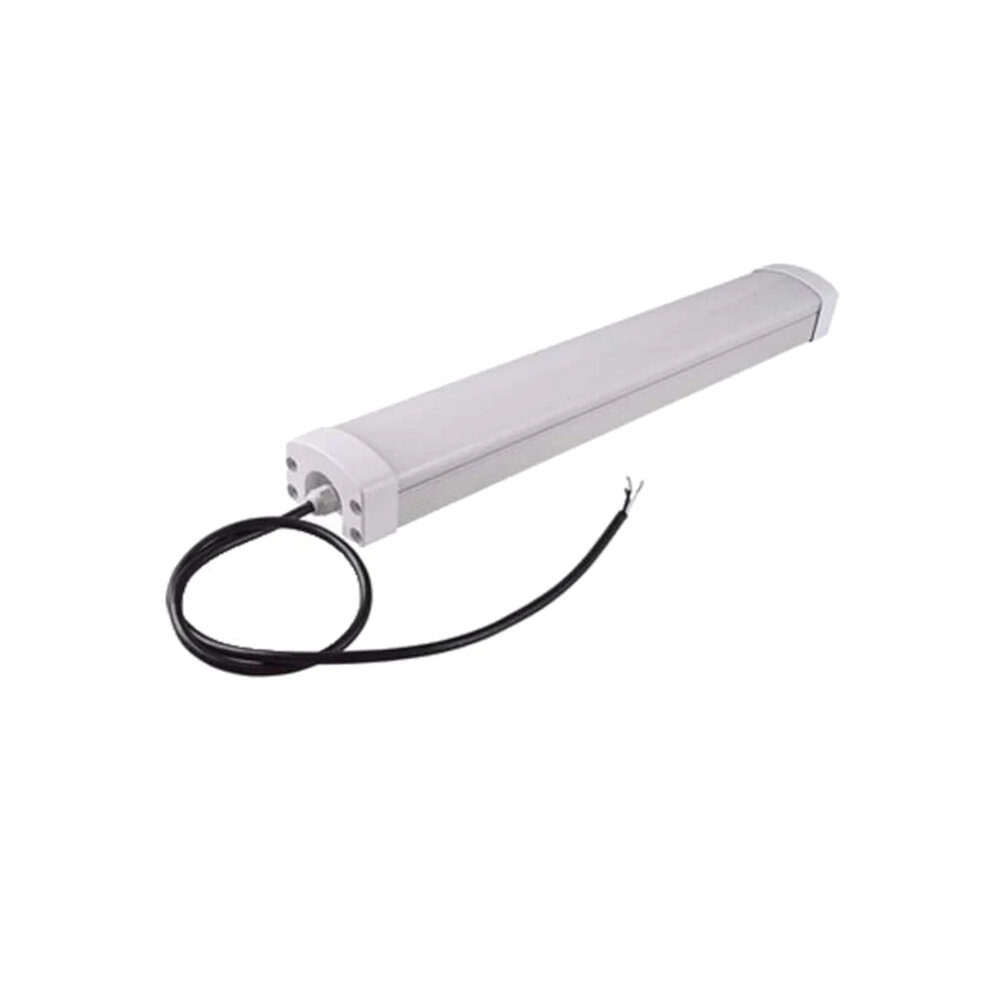
Poor quality bulbs are one of the top reasons why LED light bulbs keep burning out. These bulbs are often made with inferior materials and lack the proper engineering and design to withstand the voltage and temperature fluctuations that occur in the typical home or office setting. Poor quality bulbs are often sold at a lower price point, which can be tempting to consumers looking to save money on their lighting needs. However, the cost savings are often short-lived, as these bulbs tend to burn out quickly and need to be replaced more frequently than higher quality bulbs. In addition to being a waste of money, poor quality bulbs can also be a safety hazard. When a bulb burns out, it can create a short circuit that can lead to a fire or other electrical problems. Poor quality bulbs are also more likely to break during installation or routine maintenance, which can result in injury or property damage. To avoid these risks and ensure that your lighting needs are met safely and effectively, it is important to invest in high-quality LED bulbs made by reputable manufacturers.
Poor quality bulbs are LED light bulbs that fail to meet the required standards for brightness, durability, and energy efficiency. These bulbs often have a shorter lifespan, consume more energy, and emit lower quality light than their higher-quality counterparts. Poor quality bulbs can also suffer from design flaws, such as inadequate heat dissipation, which can cause them to overheat and burn out prematurely. Using poor quality bulbs can be frustrating and costly, as they may need to be replaced frequently or cause damage to fixtures and wiring. It’s important to invest in high-quality LED bulbs from reputable manufacturers to ensure long-lasting, energy-efficient lighting solutions for your home or business.
When you purchase LED bulbs, it is essential to ensure their quality to avoid the frustration of frequent replacements. You can identify poor quality bulbs by checking their packaging and brand reputation. Reputable brands usually offer warranties and certifications that guarantee the bulbs’ performance and durability. Additionally, inspect the bulbs’ physical appearance, such as cracks, discoloration, or loose parts, as these are signs of poor manufacturing. Also, check the bulbs’ brightness and color consistency, as low-quality bulbs may have uneven lighting or flicker. Finally, pay attention to the bulbs’ price, as suspiciously low prices may indicate inferior quality. By following these guidelines, you can avoid wasting money on poor quality LED bulbs and enjoy long-lasting, efficient lighting.
One of the most effective solutions to prevent LED light bulbs from burning out too quickly is to use high-quality bulbs from reputable manufacturers. These bulbs are made with better materials and are designed to last longer than cheaper alternatives. By investing in better quality bulbs, you are not only saving money in the long run but also reducing the number of times you have to replace your light bulbs. In addition, reputable manufacturers often offer warranties and customer support, allowing you to address any issues you may encounter with your bulbs. So, if you’re tired of constantly replacing your LED light bulbs, consider upgrading to high-quality bulbs from a trusted manufacturer.
Frequent burning out of LED light bulbs can be frustrating and costly. Several reasons could be contributing to this issue, including excessive voltage, poor ventilation, and incompatible dimmer switches. In addition, using low-quality and non-certified bulbs, incorrect installation, and high ambient temperatures can also affect their lifespan. To avoid such problems, it is essential to choose high-quality LED bulbs, use voltage stabilizers, ensure proper ventilation, and avoid overloading circuits. Furthermore, upgrading dimmer switches, installing surge protectors, and keeping the bulbs away from heat sources can also help extend their lifespan. With these solutions, you can enjoy the benefits of LED lighting while avoiding frequent bulb replacements.
Addressing the problem of LED light bulbs burning out is crucial to ensure energy efficiency and cost-effectiveness. Ignoring this issue leads to frequent replacement of bulbs, resulting in increased expenses and wastage of resources. Moreover, it is essential to identify the root cause of the problem, which could be due to various factors such as voltage fluctuations, poor quality bulbs, incompatible fixtures, or inadequate ventilation. By addressing the problem, one can take preventive measures to ensure that the bulbs last longer and reduce the carbon footprint. It is therefore imperative to prioritize the issue and find viable solutions to improve the performance and longevity of LED light bulbs.
In conclusion, LED light bulbs are a great investment for energy efficiency and long-term cost savings. However, they can still burn out due to various factors such as overvoltage, overheating, poor quality, and incompatible fixtures. To prevent premature failure, it is important to choose high-quality bulbs, avoid overloading circuits, and ensure proper fixture compatibility. Additionally, regular maintenance such as cleaning and dusting can also help prolong the life of LED bulbs. By following these recommendations, you can enjoy the benefits of LED lighting while minimizing the inconvenience and cost of frequent replacements.
Conclusion
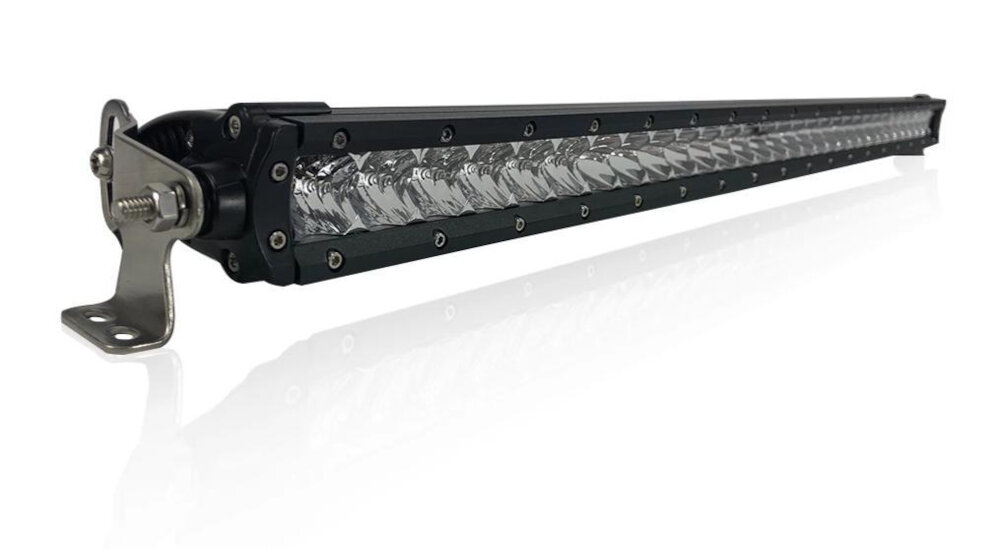
In conclusion, there could be various reasons why your LED light bulbs keep burning out, but it’s important to identify the root cause to find the appropriate solution. Whether it’s due to a power surge, incompatible dimmer switch, poor quality bulbs, or excessive heat, taking the necessary steps can extend the lifespan of your LED bulbs. By investing in high-quality bulbs, reducing the heat around them, and ensuring proper installation, you can enjoy a long-lasting and energy-efficient lighting system that brightens up your space while saving you money. So don’t let frequent bulb burnouts dim your spirits, take action today and enjoy the benefits of long-lasting LED lighting.

